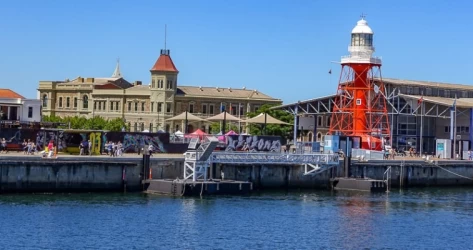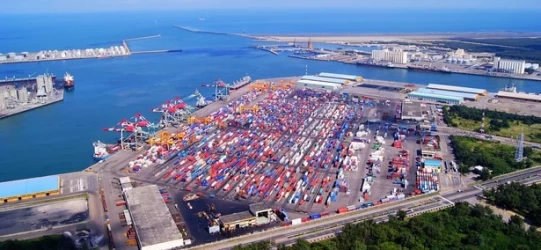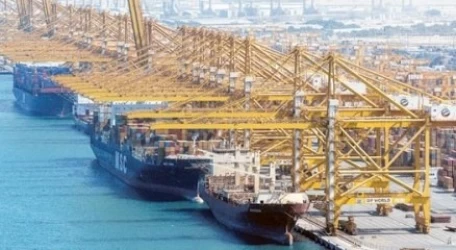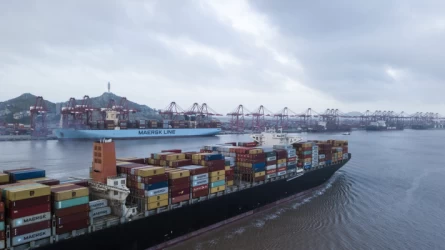Sea Freight in the Port of Santos
The Port of Santos, located in the city of Santos, São Paulo, Brazil, is the largest and busiest port in Latin America. It plays a crucial role in the global logistics and supply chain network, serving as a vital gateway for sea freight to and from Brazil. This article delves into the various aspects of sea freight operations at the Port of Santos, including its historical significance, infrastructure, cargo handling capabilities, and its role in international trade.
Historical Significance
The Port of Santos has a rich history dating back to the 16th century when it was initially established to facilitate the export of Brazilian gold. By the 19th century, it had become a pivotal point for coffee transport, significantly contributing to Brazil’s presence in the international market. Over the years, the port has evolved to handle a diverse range of cargo, reflecting the dynamic nature of global trade.
Strategic Location and Importance
Strategically positioned in southeastern Brazil, the Port of Santos serves as a major hub for global shipping. Its location makes it an essential link for trade between the Americas and the rest of the world. The port handles a wide variety of cargo, including commodities like soybeans, sugar, and orange juice, as well as consumer goods and industrial products. This diversity underscores its importance in the global supply chain.
Infrastructure and Facilities
The Port of Santos boasts modern infrastructure and state-of-the-art facilities that cater to various types of cargo. It spans an area of 7.8 square kilometers and includes numerous terminals for handling solid and liquid bulk, containers, and general cargo. The port’s infrastructure is designed to accommodate large vessels, ensuring efficient loading and unloading processes.
Key facilities at the port include:
- Container Terminals: Equipped with advanced cranes and handling equipment, these terminals facilitate the swift movement of containerized cargo.
- Bulk Terminals: Specialized terminals for handling bulk commodities such as grains, minerals, and chemicals.
- Liquid Bulk Terminals: Designed for the safe and efficient handling of liquid cargo, including petroleum products and chemicals.
- General Cargo Terminals: Versatile terminals that handle a variety of goods, from machinery to consumer products.
Cargo Handling Capabilities
The Port of Santos is renowned for its impressive cargo handling capabilities. In 2021, the port handled approximately 147 million tonnes of cargo and 2.697 million TEUs (Twenty-foot Equivalent Units) of containerized cargo. This makes it the busiest container port in Latin America and a critical node in the global logistics network.
The port’s cargo handling operations are supported by a robust terrestrial access system, including highways and railroads, which facilitate the smooth movement of goods to and from the port. This connectivity ensures that cargo can be efficiently transported to various destinations within Brazil and beyond.
Role in International Trade
The Port of Santos plays a pivotal role in Brazil’s international trade. It serves as the primary export gateway for a wide range of Brazilian products, including agricultural commodities, industrial goods, and consumer products. The port’s strategic location and advanced facilities make it an attractive choice for businesses looking to expand their reach in Latin America.
For US and Canadian businesses, the Port of Santos offers a crucial link to the Latin American market. By leveraging the port’s capabilities, companies can enhance their trade relationships and streamline their supply chain operations.
Conclusion
The Port of Santos stands as a testament to Brazil’s rich maritime history and its ongoing significance in global trade. With its strategic location, modern infrastructure, and diverse cargo handling capabilities, the port continues to be a vital hub for sea freight operations. As global trade evolves, the Port of Santos is well-positioned to meet the demands of the future, ensuring the efficient movement of goods across the world.
If you have any specific questions or need more details about a particular aspect of the Port of Santos, feel free to ask!











